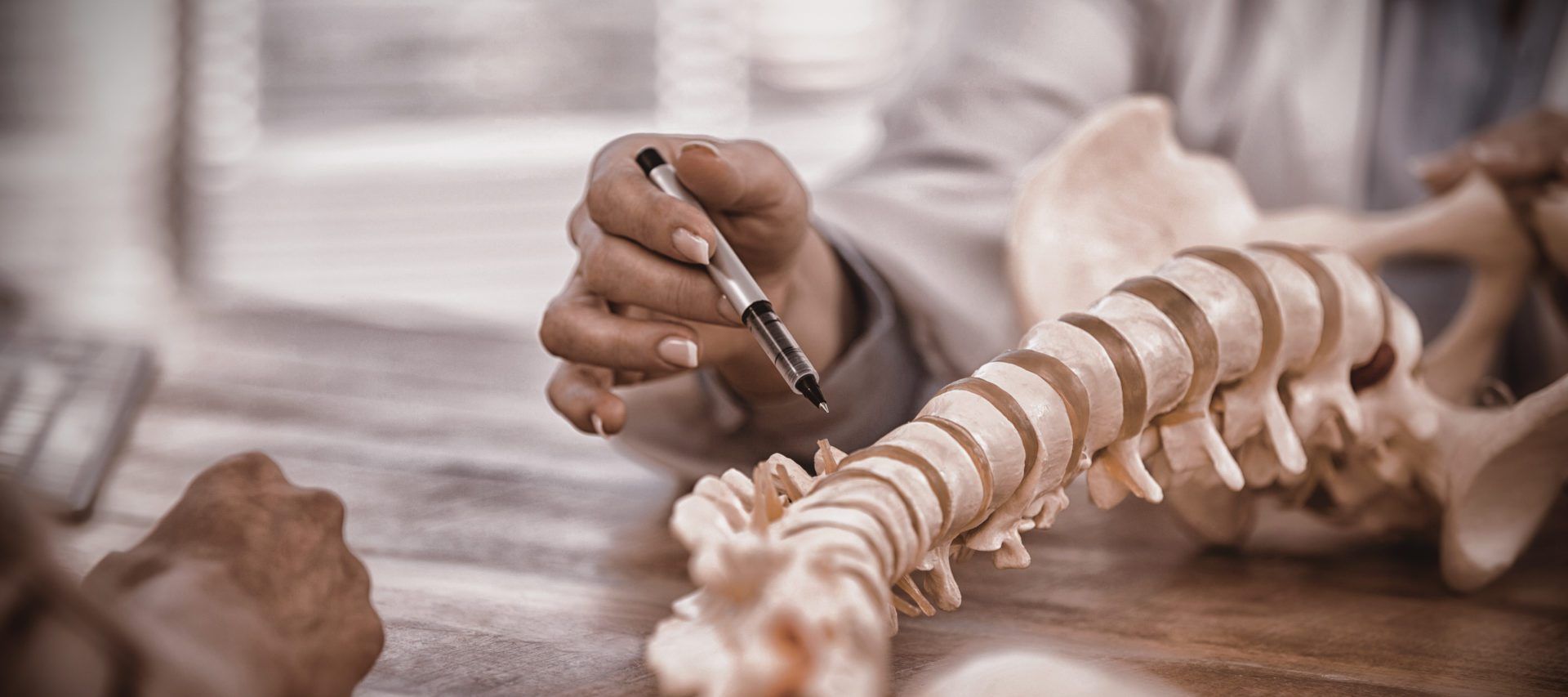
Intersegmental Traction
Graston Technique, this form of spinal decompression is a conservative alternative to the surgical method of decompression. The therapy works by using a motorized traction to gentle stretch the spine. We want to do this in order to take the pressure off the spinal discs and affiliated nerves and other structures. Candidates for SD are those suffering primarily from neck pain, back pain, bulging or herniated discs, and spinal degenerative diseases.
Graston Technique Intersegmental traction, also known as roller table therapy or roller massage, is a chiropractic and physical therapy technique used to help alleviate back pain, improve spinal mobility, and promote relaxation. It involves the use of a specially designed table with rollers that move along the length of the spine while the patient lies on it. The rollers create a stretching and massaging effect on the spinal muscles and the spinal joints.
Here’s how intersegmental traction typically works:
Patient Preparation: The patient is asked to lie down on a padded table in a face-up position.
Roller System: The intersegmental traction table is equipped with a set of rollers that are motorized or manually controlled. These rollers have a contoured shape to mimic the natural curves of the spine.
Treatment: The rollers move up and down the length of the spine in a rhythmic, wave-like motion. This motion gently stretches and massages the muscles and soft tissues around the spine and promotes spinal joint mobility.
Duration: The treatment session typically lasts for about 10-15 minutes, though this may vary based on the patient’s condition and the practitioner’s recommendation.
The primary goals of intersegmental traction are to:
Improve spinal joint mobility and flexibility.
Promote relaxation of the spinal muscles.
Enhance circulation in the spinal region.
Help alleviate pain and discomfort associated with various spinal conditions, such as herniated discs, sciatica, and general back pain.
It’s important to note that intersegmental traction is often used as a complementary therapy alongside other chiropractic or physical therapy treatments. The specific treatment plan and frequency of sessions will be determined by a healthcare provider based on the patient’s condition and needs.
As with any medical or therapeutic procedure, it’s essential for individuals considering intersegmental traction to consult with a qualified healthcare professional to determine if it’s a suitable treatment option for their specific condition.
